What is the difference between 22 children in a school attacked by one man with a knife in China and the massacre, almost simultaneously, of 20 children in a school by one man with an assault rifle in the United States? Answer: no deaths in China.
The mantra by gun lobbies for years has been that "guns do not kill; people do." Guns and knives are both lethal in the wrong hands. The obvious difference is that guns can massacre more people faster. The amazing coincidence of the Chinese tragedy and the Connecticut slaughter illuminates and illustrates this vital point to all those who have denied the fact -- especially to elected members of Congress.
To make the subject more complicated, we must take into consideration (at least until a possible amendment to the Second Amendment might be achieved) the existence of the somewhat uncertain meaning of "the right to bear arms" in the Second Amendment in its present form. In the meanwhile, there are excellent precedents that can be better used for "reasonable" restrictions on ownership and use of guns such as an outright ban on assault weapons, which was in effect from 1994 until 2004. This Newtown tragedy hopefully will lead to such renewed and tougher restrictions.
Given the very nature of humans -- random and difficult to predict -- it may be impossible to eliminate tragedy entirely in any realistic and reliable way. That said, the statistics of countries with tight versus light controls show that there is a clear correlation between easy access to guns and causes of death by shooting. Therefore, access to guns has to be restricted, not just to remove guns in general, but to establish categories of people who must first be recognized as risks and second monitored continuously and carefully to seek to prevent their access to guns. These two goals have to be coordinated.
Teachers and other staff in schools across the country know their kids very well. They know, for example, when kids are 'outliers' in various ways. It should become essential to bring such kids to the attention of appropriate professionals for assessment, monitoring and treatment. This is where the present system is breaking down for two reasons: resources are skimpy (and need to be beefed up) and it is seen by too many people as stigmatizing kids, which is seen as antisocial. Which is worse: to stigmatize or to allow people to be at large with a risk of doing serious harm to others?
We have a twin problem -- access to guns at large and access to guns by deranged actors, who are, or should be, known by society to exist.
One problem without the other would be a lesser problem. Therefore they really have to be dealt with together or neither may happen. And, perhaps not surprisingly, the hardest problem is the people problem because no one wants to find people guilty without evidence of intent to commit a crime and that is very difficult to have before the fact.
How to draw those these complex lines and take effective, serious steps, coupled with fair enforcement is the bigger challenge facing the nation.